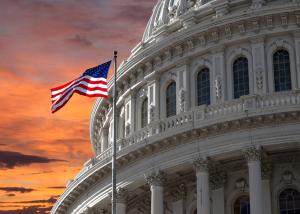Two back-to-back decisions by the Supreme Court in 2016 will fundamentally redefine the jurisdictional split.
Craig Roach and Vincent Musco are, respectively, president and managing director at Boston Pacific Company, a consulting firm specializing in the electricity and natural gas business. Dr. Roach was an expert witness in the Maryland case. This article is adapted, with permission, from Boston Pacific’s 2016 Looking Forward Report prepared for the Board of Directors of the Southwest Power Pool.
This year is shaping up to be historic for the long-standing debate over federal versus state jurisdiction in the electricity business. Specifically, two major cases have been taken up by the Supreme Court, with one decided in January and another in which oral arguments were heard in February - a decision in this second case is expected soon.

The first of these cases involved FERC's regulation of demand-side resources; we will call it the EPSA case. Put simply, lower courts had ruled that demand response bids could not be invited in wholesale markets regulated by FERC because demand response is a retail transaction and, therefore, regulated solely by the states.
Subsequently, the Supreme Court reversed the lower courts and found that demand response can be included in wholesale RTO markets and, in that circumstance, regulated by FERC. This removed the uncertainty regarding demand response participation in organized wholesale markets.
The second case will be referred to here as the Maryland case. Put simply, lower courts had ruled that Maryland, and also New Jersey, could not address long-term reliability concerns by conducting competitive procurements to induce the construction of new power plants in a geographic area of an RTO which had a capacity market. That is, the lower courts ruled that FERC-regulated RTO capacity markets preempted the states' traditional role in resource planning.

